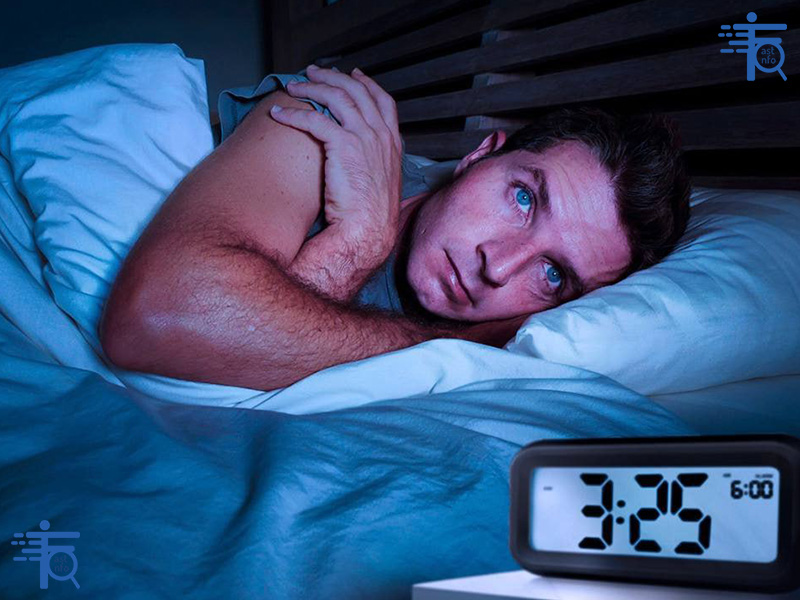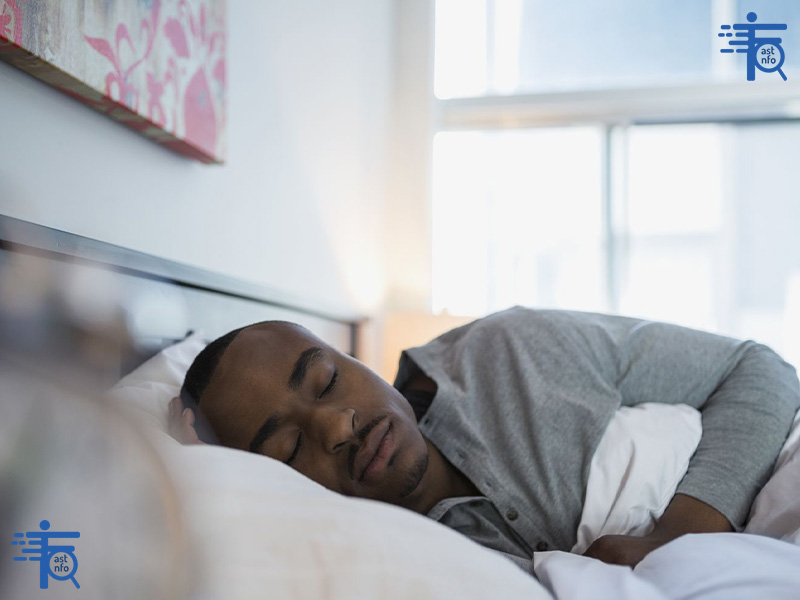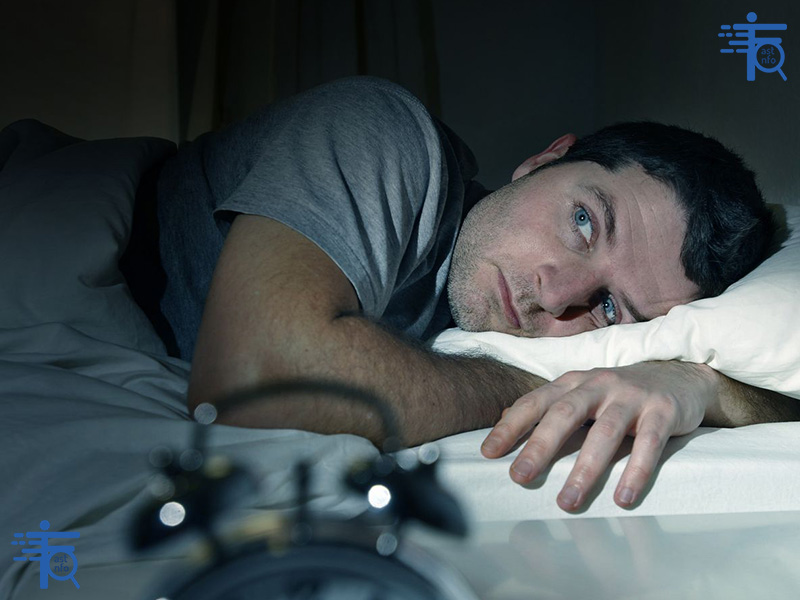What Is a Sleep Journal, and Why Do You Need One?
A sleep journal (or sleep diary) is a tool used to track and record details about your sleep patterns, habits, and behaviors over time. It helps you identify trends, understand potential sleep disruptors, and provides valuable information for healthcare providers if you’re seeking help for sleep issues. Here’s everything you need to know about sleep journals and why they’re important:
What Is a Sleep Journal?
A sleep journal is a simple log where you record information about your sleep and related factors. It typically includes details such as:
- Bedtime and wake-up time.
- How long it takes to fall asleep.
- Number of awakenings during the night.
- Total sleep duration.
- Quality of sleep (e.g., restful or restless).
- Daytime habits (e.g., caffeine intake, exercise, stress levels).
- Environmental factors (e.g., noise, light, room temperature).

Why Do You Need a Sleep Journal?
Keeping a sleep journal can help you:
- Identify Sleep Patterns:
- Track your bedtime, wake-up time, and sleep duration to identify inconsistencies or irregularities.
- Recognize patterns like difficulty falling asleep, frequent awakenings, or waking up too early.
- Pinpoint Sleep Disruptors:
- Identify habits or environmental factors that may be affecting your sleep, such as caffeine, alcohol, screen time, or noise.
- Monitor Progress:
- If you’re making changes to improve your sleep (e.g., adjusting your bedtime or reducing caffeine), a sleep journal helps you track whether these changes are working.
- Provide Insight for Healthcare Providers:
- A detailed sleep journal can help doctors, therapists, or sleep specialists diagnose sleep disorders (e.g., insomnia, sleep apnea) and recommend appropriate treatments.
- Improve Sleep Hygiene:
- By tracking your habits, you can identify areas for improvement and adopt healthier sleep practices.
How to Use a Sleep Journal
- Choose a Format:
- Use a notebook, printable template, or a sleep-tracking app (e.g., Sleep Cycle, Pillow, or SleepScore).
- Many apps automatically track sleep duration and quality using your phone or wearable device.
- Record Daily Information:
- Fill out your sleep journal every morning and evening. Be consistent and honest in your entries.
- Include Key Details:
- Morning Entries:
- Bedtime and wake-up time.
- How long it took to fall asleep.
- Number of awakenings and duration.
- Total sleep time.
- Sleep quality (rate on a scale of 1-10).
- How you feel upon waking (e.g., rested, tired, groggy).
- Evening Entries:
- Daytime habits (e.g., caffeine, alcohol, exercise).
- Stress levels or mood.
- Medications or supplements taken.
- Environmental factors (e.g., room temperature, noise).
- Morning Entries:
- Review and Analyze:
- After a week or two, review your entries to identify patterns or potential issues.
- Look for correlations between habits (e.g., caffeine intake) and sleep quality.
When to Use a Sleep Journal
- If you’re experiencing ongoing sleep problems (e.g., insomnia, frequent awakenings).
- If you’re trying to improve your sleep hygiene or establish a consistent sleep schedule.
- If you’re working with a healthcare provider to diagnose or treat a sleep disorder.

When do you need to use a sleep journal?
A sleep journal can be a helpful tool in various situations where understanding and improving your sleep is important. Here are some common scenarios when using a sleep journal is particularly beneficial:
1. You’re Experiencing Sleep Problems
If you’re struggling with sleep issues like:
- Insomnia: Difficulty falling asleep, staying asleep, or waking up too early.
- Frequent Awakenings: Waking up multiple times during the night.
- Unrefreshing Sleep: Feeling tired even after a full night’s sleep.
- Irregular Sleep Patterns: Inconsistent bedtimes and wake-up times.
A sleep journal can help you identify patterns and potential causes of these issues.
2. You’re Trying to Improve Sleep Hygiene
If you’re working on adopting healthier sleep habits, a sleep journal can:
- Track your progress as you make changes (e.g., adjusting your bedtime, reducing caffeine).
- Highlight which habits are helping or hindering your sleep.
3. You’re Seeking Help for a Sleep Disorder
If you suspect you have a sleep disorder (e.g., sleep apnea, restless legs syndrome, or narcolepsy), a sleep journal can:
- Provide detailed information for your healthcare provider to make an accurate diagnosis.
- Help monitor symptoms and the effectiveness of treatments.
4. You’re Dealing with Stress or Anxiety
Stress and anxiety often disrupt sleep. A sleep journal can:
- Help you identify how stress is affecting your sleep.
- Track whether relaxation techniques or stress management strategies are improving your sleep.
5. You’re Adjusting to a New Schedule
If you’re dealing with changes like:
- Shift Work: Adjusting to irregular work hours.
- Jet Lag: Recovering from travel across time zones.
- Life Changes: Starting a new job, having a baby, or other major life events.
A sleep journal can help you track how your sleep is adapting and identify ways to improve it.
6. You’re Monitoring the Impact of Lifestyle Changes
If you’re making changes to your lifestyle, such as:
- Starting a new exercise routine.
- Changing your diet or cutting out caffeine/alcohol.
- Taking new medications or supplements.
A sleep journal can help you see how these changes are affecting your sleep.
7. You’re Working with a Healthcare Provider
If you’re consulting a doctor, therapist, or sleep specialist, a sleep journal can:
- Provide valuable data to help them understand your sleep patterns.
- Track the effectiveness of treatments like Cognitive Behavioral Therapy for Insomnia (CBT-I) or medications.
8. You’re Curious About Your Sleep Habits
Even if you don’t have specific sleep issues, a sleep journal can:
- Help you understand your natural sleep patterns.
- Identify small changes that could improve your sleep quality.

When to Start a Sleep Journal
Consider starting a sleep journal if:
- You’ve been experiencing sleep problems for more than a few weeks.
- You’re making lifestyle changes that could affect your sleep.
- You’re preparing to see a healthcare provider about sleep issues.
- You simply want to optimize your sleep and overall well-being.
How Long to Keep a Sleep Journal
- Short-Term: Use a sleep journal for 1-2 weeks to identify patterns or troubleshoot specific issues.
- Long-Term: Continue using it for several weeks or months if you’re making ongoing changes or working with a healthcare provider.
What’s the outlook for people with trouble sleeping?
The outlook for people with trouble sleeping (insomnia or other sleep disorders) is generally positive, especially with proper diagnosis, treatment, and lifestyle changes. While sleep issues can be frustrating and disruptive, they are often manageable and, in many cases, completely resolvable. Here’s a detailed look at the outlook and steps you can take to improve your sleep:
1. Most Sleep Problems Are Treatable
- Insomnia: Cognitive Behavioral Therapy for Insomnia (CBT-I) is highly effective, with many people experiencing significant improvement or complete resolution of symptoms.
- Sleep Apnea: Treatments like Continuous Positive Airway Pressure (CPAP) machines, oral appliances, or lifestyle changes (e.g., weight loss) can effectively manage sleep apnea.
- Restless Legs Syndrome (RLS): Medications and lifestyle adjustments can reduce symptoms and improve sleep.
- Circadian Rhythm Disorders: Light therapy, melatonin supplements, and consistent sleep schedules can help reset your internal clock.
2. Lifestyle Changes Can Make a Big Difference
Improving sleep hygiene and making healthy lifestyle choices can significantly enhance sleep quality:
- Consistent Sleep Schedule: Going to bed and waking up at the same time every day.
- Relaxing Bedtime Routine: Activities like reading, taking a warm bath, or practicing mindfulness.
- Optimized Sleep Environment: A cool, dark, and quiet bedroom with a comfortable mattress and pillows.
- Limiting Stimulants: Avoiding caffeine, nicotine, and alcohol close to bedtime.
- Regular Exercise: Physical activity during the day can improve sleep, but avoid vigorous exercise close to bedtime.
3. Professional Help Is Available
If self-help strategies aren’t enough, healthcare providers can offer:
- Therapy: CBT-I is the gold standard for treating insomnia and has long-lasting benefits.
- Medications: Short-term use of sleep aids may be prescribed for severe cases, but they are not a long-term solution.
- Sleep Studies: Polysomnography (overnight sleep study) can diagnose conditions like sleep apnea or narcolepsy.
- Specialist Care: Sleep specialists, neurologists, or pulmonologists can provide targeted treatments for complex sleep disorders.
4. Addressing Underlying Causes
Many sleep problems are linked to underlying physical or mental health conditions. Treating these can improve sleep:
- Mental Health: Anxiety, depression, and PTSD often disrupt sleep. Therapy, medication, or stress management techniques can help.
- Medical Conditions: Chronic pain, asthma, acid reflux, or hormonal imbalances can interfere with sleep. Managing these conditions can lead to better rest.
- Medications: Some medications can cause sleep disturbances. A healthcare provider can adjust your prescriptions if needed.
5. Long-Term Outlook
- Acute Insomnia: Short-term sleep problems caused by stress or life changes often resolve on their own or with minor adjustments.
- Chronic Insomnia: While it may take more effort to manage, chronic insomnia is treatable with therapy, lifestyle changes, and sometimes medication.
- Sleep Disorders: Conditions like sleep apnea or RLS can often be effectively managed with the right treatment plan.
6. Potential Challenges
- Relapse: Some people may experience a return of sleep problems during stressful periods. Continuing good sleep habits and seeking help early can prevent this.
- Comorbidities: Sleep issues often coexist with other health problems, which may require a multidisciplinary approach to treatment.
- Patience and Persistence: Improving sleep can take time, and it’s important to stick with your treatment plan even if progress is slow.
7. Positive Outcomes
With the right approach, most people with sleep problems can achieve:
- Better Sleep Quality: Falling asleep faster, staying asleep longer, and waking up feeling refreshed.
- Improved Mental Health: Reduced anxiety, depression, and stress.
- Enhanced Physical Health: Lower risk of chronic conditions like heart disease, diabetes, and obesity.
- Increased Energy and Productivity: Better focus, memory, and overall well-being.

When to Seek Help
If your sleep problems persist despite self-help strategies, or if they’re significantly impacting your daily life, consult a healthcare provider. Signs that you should seek professional help include:
- Difficulty falling or staying asleep most nights for more than a month.
- Excessive daytime sleepiness or fatigue.
- Loud snoring, gasping for air, or other signs of sleep apnea.
- Frequent nightmares or sleepwalking.
- Mood disturbances like irritability, anxiety, or depression.
Final Thoughts
The outlook for people with trouble sleeping is generally positive, especially with early intervention and the right treatment plan. By addressing the root causes, adopting healthy sleep habits, and seeking professional help when needed, you can improve your sleep and overall quality of life. Remember, better sleep is within reach—don’t hesitate to take the first step!
fastinfosearch site provides the best information
Suggested content:





No comment